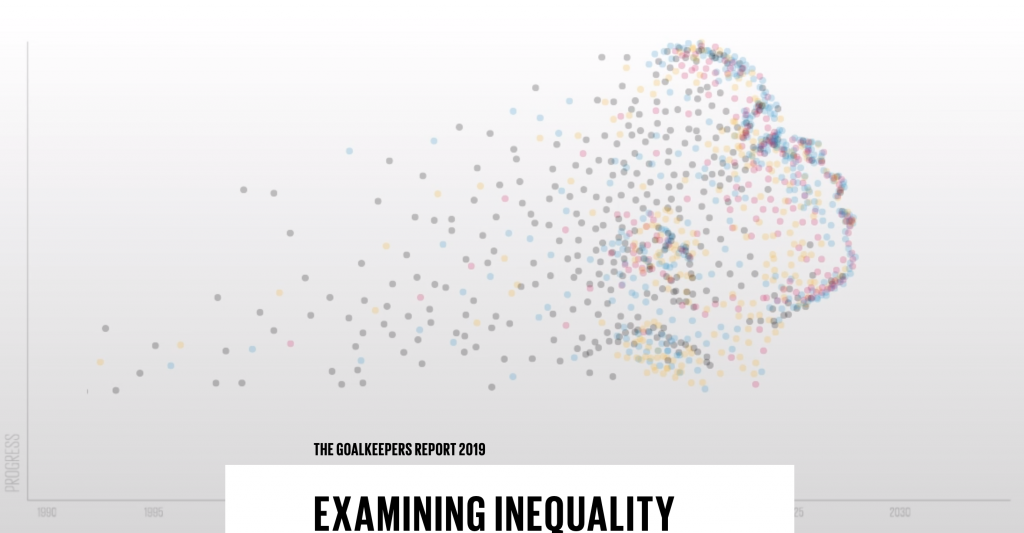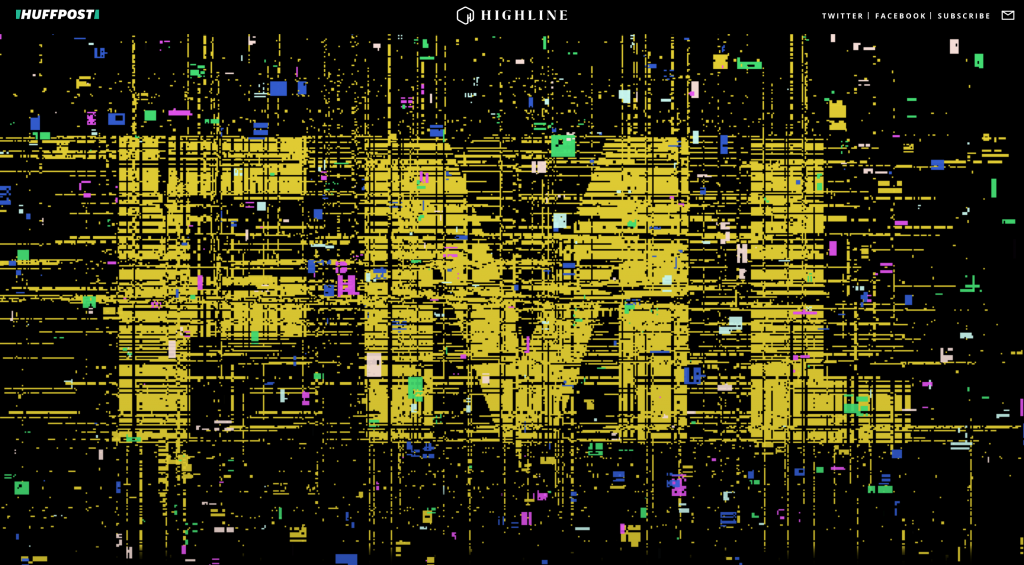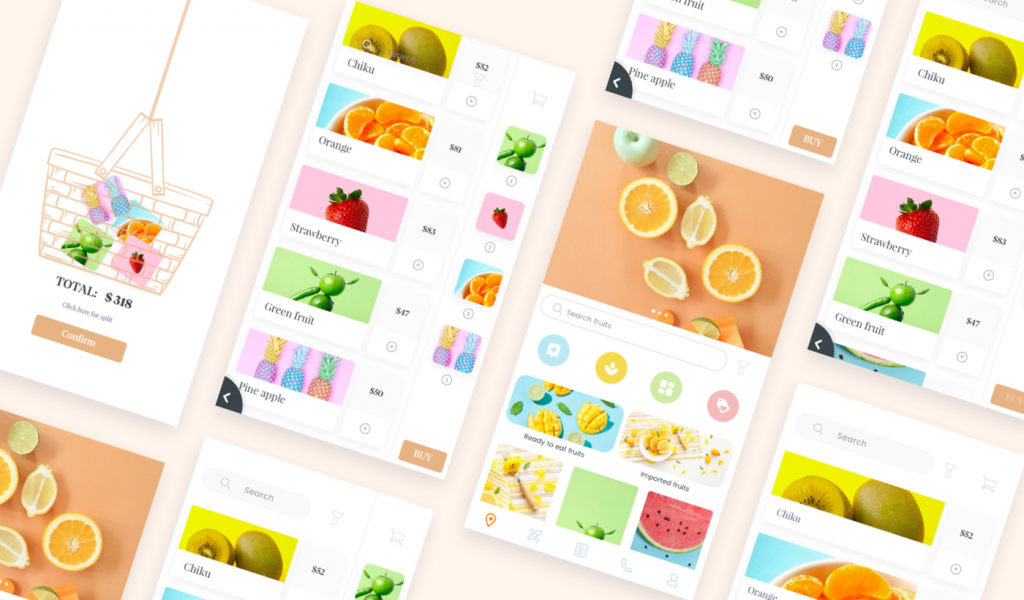Tell a story. Storytelling that drives the user
March 25, 2021
Elena Venieri

Stories inspire, motivate and trigger the imagination. Stories have always been a part of human life, ever since prehistoric times when stories were told on cave walls. And they continue to capture the attention of the listener to this day. While stories continue to be told in patterns, the way people communicate is rapidly changing as technology continues to develop. Modern users differ significantly from those we might have encountered even a few decades ago. Their expectations have changed. More than 3 billion people own a smartphone, in Europe, the figure is over 80%. Almost all day long we check, write, surf on our smartphones, switching from one app to another. Telling stories, in the products and services of the digital world, is necessary to continue to put the person at the centre.
Definition of storytelling
Although storytelling is relatively recent in UX, stories and tales have been part of humanity for centuries. In ancient times it was mainly an oral form, combined with body language, but with the advent of writing we can find stories all over the world. There is no culture that does not use storytelling.
I borrow Wikipedia’s definition to say that storytelling “is a methodology that uses narrative as a mind-created means of framing events in reality and explaining them according to a logic of meaning.” Here you can clearly see how it is the union of two skills:
- that of knowing how to narrate, enriching the narrative with stylistic details, verbal colours, metaphors that render the concept better and that are able to give personality to the text;
- the ability to refer to one’s own life experiences, to give emotion to the text.
Storytelling influences the user on an emotional level. A story creates a bond. It can create a relationship of trust. We, humans, are made of emotions, we rejoice and we get sad several times a day, it depends on our mood but also on the scenes we witness.
The shape of a story
The stories that capture us often follow a specific pattern.
“Great stories, don’t just happen randomly; they are designed’ (Inchauste, 2010).
Oriented around a character or theme, the otherwise uncoordinated elements of an experience all emerge in a clear goal or purpose. What succeeds in emotionally affecting the audience is the use of a schematic and always the same structure: the narrative arc. By analysing Greek dramas, Gustav Freytag wanted to show that we always see a crescendo of dramatic tone in a story, which then reaches a climax and fades away. The five parts of a story are:
- the context, in which the characters and the scene are presented
- the conflict, in which the characters pursue a goal that leads to a crescendo of tension
- climax, which is the moment when there is the climax of the tension
- closure, in which what was pending is concluded
- conclusion, which is the end of the story

Illustration by Catherine Madden.
Despite the centuries, the narrative arc summarised by Freytag is still relevant and can be found today, whether we are talking about classical writing or digital experiences.
Of course, in the digital world, we have to keep in mind that the user tends to be lazy and is constantly looking for shortcuts to understand a concept or the heart of service in just a few minutes. So online storytelling certainly has to deal with the length of the story, but a narrative arc can start and end in as little as 5 sentences.
Storytelling in UX design
Some of the most important functions of stories within the user experience are the following:
- They explain. Through stories, we can explain a set of rules or facts in a way that can be easily remembered. It is not only about telling events but also about using the imagery of the sensory experience. For example, you can illustrate the guidelines of good design and usability by revealing what can happen when you ignore them. It’s not just about being funny. The best stories weave cause and effect into a narrative so that you can remember them best.
- They engage the imagination. Stories engage the listener’s imagination and help them make intuitive leaps that they might otherwise make with a linear logic. They rely on the way listeners create mental images because they fill in the blanks and complete the images. This also means that we can’t completely predict what the story and emotions will be like for each user.
- They spark new ideas. Because we instinctively fill in the blanks, stories can hint at details rather than explaining them thoroughly. In this way stories are a good way to spark innovation. Steve Denning, the author of several books on storytelling, relies on a particular type of evocative story that he calls the “Springboard story”. It is a short story that illustrates a typical situation. Its purpose is to capture the listener’s attention by illustrating a familiar situation and suggesting how things might be different in the future. In this way they spark the imagination, making the listeners think about the problem from new angles.
- They create a shared understanding. During the UX process, user stories can help the team to have a shared understanding of their goal. Stories can be examples of problems that a product will solve or a vision of what life could be like with the new product/service, revealing different perspectives of the same experience.
- They persuade. Because they are so compelling, stories can change people’s minds. They can be the way to persuade others to follow your ideas, whether you use them during the UX process or directly in the product/service you are packaging.
Ultimately, storytelling is a powerful tool to understand, communicate and inspire ‘humanity’ in both the process and product of UX. This is nothing new and probably many UX designers already use some form of storytelling, explaining for example how the product or a specific feature could impact a user’s daily life. In sketching personas, we often use stories because these help us to sketch real characteristics of potential users and anchor the story around their needs.
Not only personas, but also journeys and scenarios can describe how and why a user might interact with the product, and doing this through storytelling brings with it all the advantages described above. We can base stories on real interactions we have observed or they can be hypothetical but realistic example. Stories can help you get your point across to team members or stakeholders. Sharing user data is effective, but sharing user data by describing it through a quick story will probably be even more persuasive.
Example without storytelling: During testing, 52% of users abandoned the site during the log-in process.
Example with storytelling: Rob was so frustrated while trying to enter his username and password that he felt like a stupid idiot and closed the browser pissed off. 52% of the users in the tests felt the same way and abandoned the website during the log-in process.
Let us now consider how UX design can tell a story to users, ensuring a positive user experience, both at the beginning, during and after the product/service, just like a story. When we tell a story, users easily learn how and why to use it.
5 examples of UX storytelling that works
1. Gate Foundation
Infographics are a kind of storytelling and converting data into a visually appealing story helps the user to assimilate and remember it in the future. This is a wonderful example of a data story.

2. Huffpost’s article. Poor millennials
This long article combines great copy with a creative form of storytelling to ensure a truly original experience.

3. Heineken: job seekers
Heineken created an interactive experience for job seekers that perfectly follows the path of storytelling.

4. One Ocean
The One Ocean project is part of the United Nations Development Programme and through the melodious sound of lapping waves and intuitive navigation tells the stories of local communities that depend on a clean ocean to survive.

5. Johny Vino’s Fruits App
This is a perfect example of storytelling applied at an app. There are characters, a flow narration, climax…

Conclusion
So people, be creative and transform your UX into a story. Their brains and hearts will thank you.